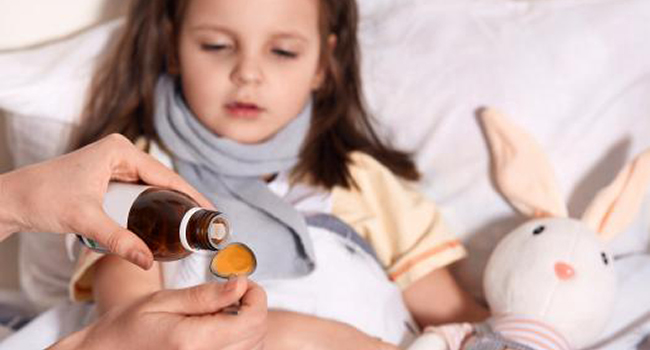
Childhood community-acquired pneumonia (CAP) is a common condition in which antibiotics are usually prescribed for 10 days. However, taking antibiotics for a shorter time might be just as effective, with fewer side effects and less chance of antibiotic resistance developing.
To find out whether a 5-day course of antibiotics was as effective as a 10-day course for treating CAP in young children, a clinical trial was conducted. The trial was double-blind, which means that neither the doctors nor the patients knew which treatment they were receiving, and it was placebo-controlled, which means that some of the children were given a fake treatment to act as a comparison.
380 healthy children aged between 6 and 71 months with nonsevere CAP (community-acquired pneumonia) who had started to improve were enrolled in the trial. They were treated in outpatient clinics, urgent care facilities, or emergency departments in eight different cities in the US. The trial was conducted between December 2016 and December 2019, and the data was analyzed between January and September 2020.
On day 6 of their antibiotic therapy, the children were randomly assigned to receive either 5 more days of antibiotics or a placebo. The primary outcome of the trial was the end-of-treatment response adjusted for duration of antibiotic risk (RADAR), which measured how well the children responded to treatment, how their symptoms improved, and whether they had any adverse effects from the antibiotics. The researchers used a desirability of outcome ranking (DOOR) to compare the two groups of children.
